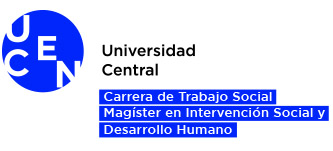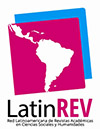Trayectorias laborales de académicos y académicas universitarias en la etapa previa a la jubilación
Resumen
En el presente trabajo investigativo se buscó caracterizar las trayectorias laborales de docentes en edad de jubilar de una universidad pública de Chile. Esta investigación fue de carácter cualitativo con un enfoque biográfico, llevada a cabo a través de entrevistas semiestructuradas, y se basó en la teoría fundamentada para el análisis de los resultados. La muestra se compuso por 10 docentes mayores de 55 años de una universidad pública. Se encuentra que las características más relevantes de las trayectorias laborales son: la estabilidad laboral actual, capacitación continua, apoyo de otros docentes, identidad docente, vocación. Como proyección laboral se manifiesta un alto deseo de continuar su trayectoria, siendo la jubilación un futuro asociado a vejez y enfermedad. Las motivaciones para seguir trabajando son: estabilidad laboral, capacitación constante, apoyo de compañeros docentes, relación con alumnos, identidad docente e influencias económicas. En la discusión se analizan las causas y efectos de las trayectorias laborales y se proponen orientaciones que podrían propiciar el desarrollo de mayor elaboración.
Derechos de autor 2023 Tamara Aguilera Bórquez, Catalina Hernández Fajardo, Ricardo Jorquera Gutiérrez

Esta obra está bajo licencia internacional Creative Commons Reconocimiento 4.0.












